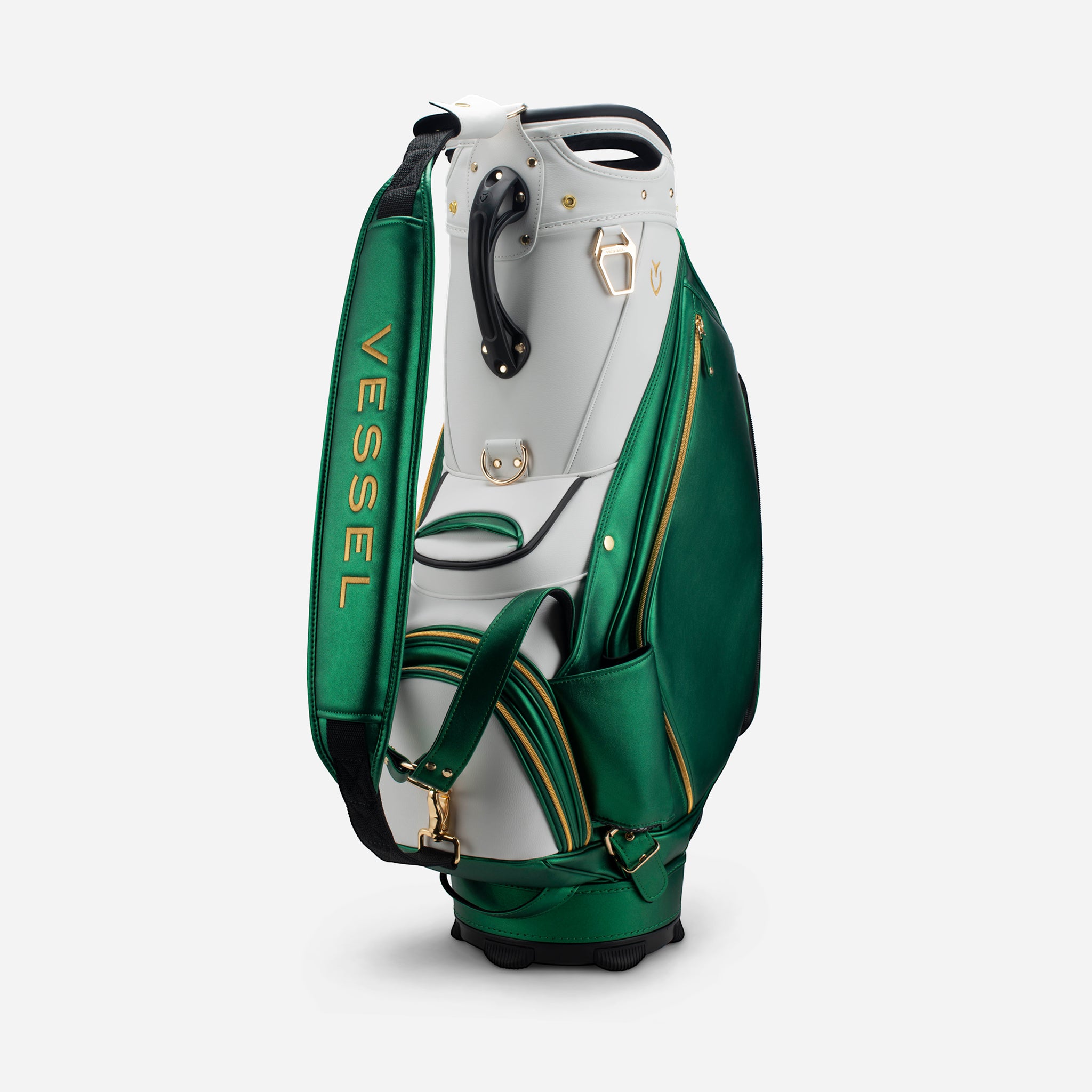Golf is a physically demanding sport that requires golfers to carry their equipment for several hours while navigating the course. As such, the design of golf bags has evolved to prioritize ergonomics, ensuring that golfers can comfortably and efficiently transport their clubs and accessories without compromising their performance or overall well-being. In this article, we will explore the significance of ergonomics in golf bag design and how it contributes to a more enjoyable and sustainable golfing experience.
Weight Distribution and Balance:
Ergonomically designed golf bags focus on achieving optimal weight distribution and balance. By distributing the weight evenly across the bag, golfers can avoid excessive strain on specific muscles or joints, reducing the risk of fatigue and potential injuries. Well-designed bags often feature padded shoulder straps or harness systems that help evenly distribute the weight on the golfer's shoulders, allowing for a more comfortable carrying experience and enhanced overall balance.
Carrying Comfort and Adjust ability:
Ergonomic golf bags prioritize carrying comfort and offer adjust ability to accommodate golfers of different sizes and body types. Adjustable shoulder straps, chest straps, and waist belts provide a customizable fit, ensuring that the bag fits snugly and securely against the golfer's body. This helps prevent unnecessary shifting or swinging of the bag during the swing, enabling golfers to maintain a stable and consistent swing motion.
Easy Access and Organization:
Efficient access to clubs, accessories, and personal items is a crucial aspect of ergonomic golf bag design.Best GOLF cart Bags with strategically placed pockets, dividers, and compartments make it easier for golfers to locate and retrieve their clubs without unnecessary bending or reaching. Additionally, ergonomic designs often feature separate putter wells or designated slots for drivers, promoting easy access and preventing clubs from tangling or damaging one another. This organization minimizes disruptions, allowing golfers to maintain their focus and tempo throughout the round.
Handle and Grip Design:
Ergonomic best golf bags also pay attention to handle and grip design, ensuring ease of lifting, loading, and maneuvering. Bags with well-positioned handles and grips allow for comfortable lifting and carrying, reducing strain on the wrists and hands. These handles are often padded or made with materials that offer a secure grip, preventing slippage and enhancing overall control when handling the bag.
Integration with Golf Carts and Trolleys:
Recognizing that not all golfers prefer to carry their bags, ergonomic designs often integrate with golf carts and trolleys seamlessly. Features such as cart strap pass-through, cart-friendly bases, and secure attachment mechanisms ensure that the bag remains stable and secure during transportation. This integration allows golfers to conserve their energy, maintain proper posture, and focus on their swing without being burdened by the weight of the bag.
Ergonomics plays a vital role in golf bag design, prioritizing the comfort, functionality, and overall well-being of golfers on the course. By considering weight distribution, carrying comfort, adjust ability, easy access, handle and grip design, as well as integration with carts and trolleys, ergonomic golf bags enhance the overall golfing experience. A well-designed cheap golf bags that caters to ergonomics enables golfers to focus on their game, maintain a consistent swing motion, and minimize the risk of discomfort or injury. Investing in an ergonomically optimized golf bag can contribute to improved performance, longevity, and enjoyment on the golf course.

Comments
Post a Comment